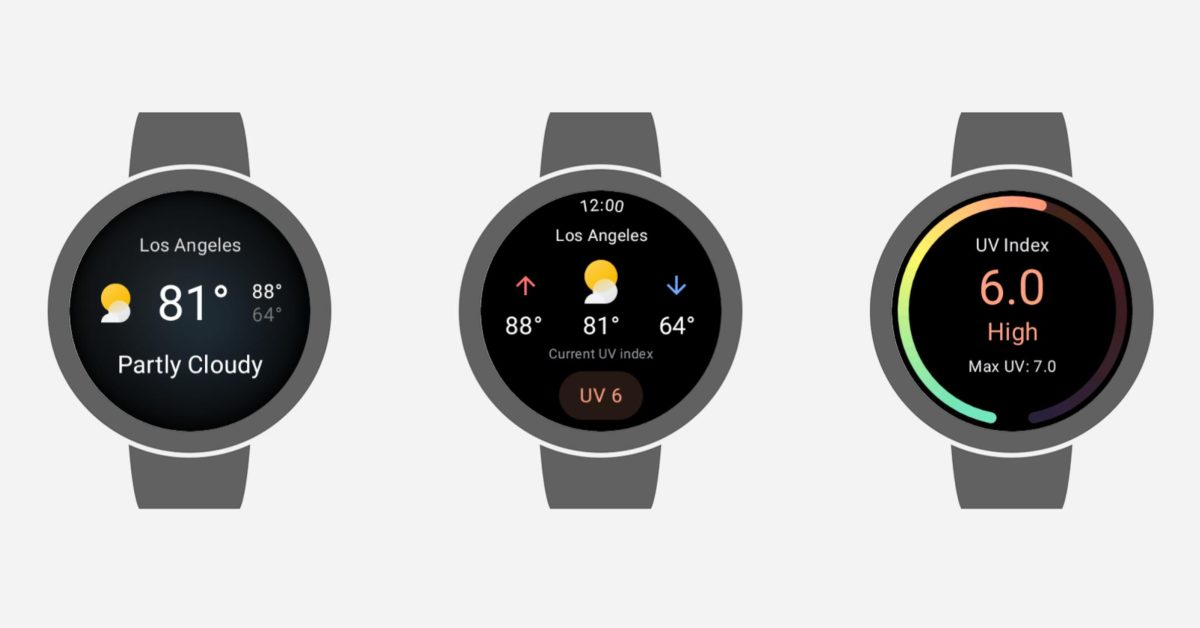Back in September, Google stopped offering its Weather app for new Wear OS 6 devices. Google Weather has now stopped working on the original Pixel Watch and other devices due to a bug.
Opening Google Weather today results in…

Back in September, Google stopped offering its Weather app for new Wear OS 6 devices. Google Weather has now stopped working on the original Pixel Watch and other devices due to a bug.
Opening Google Weather today results in…